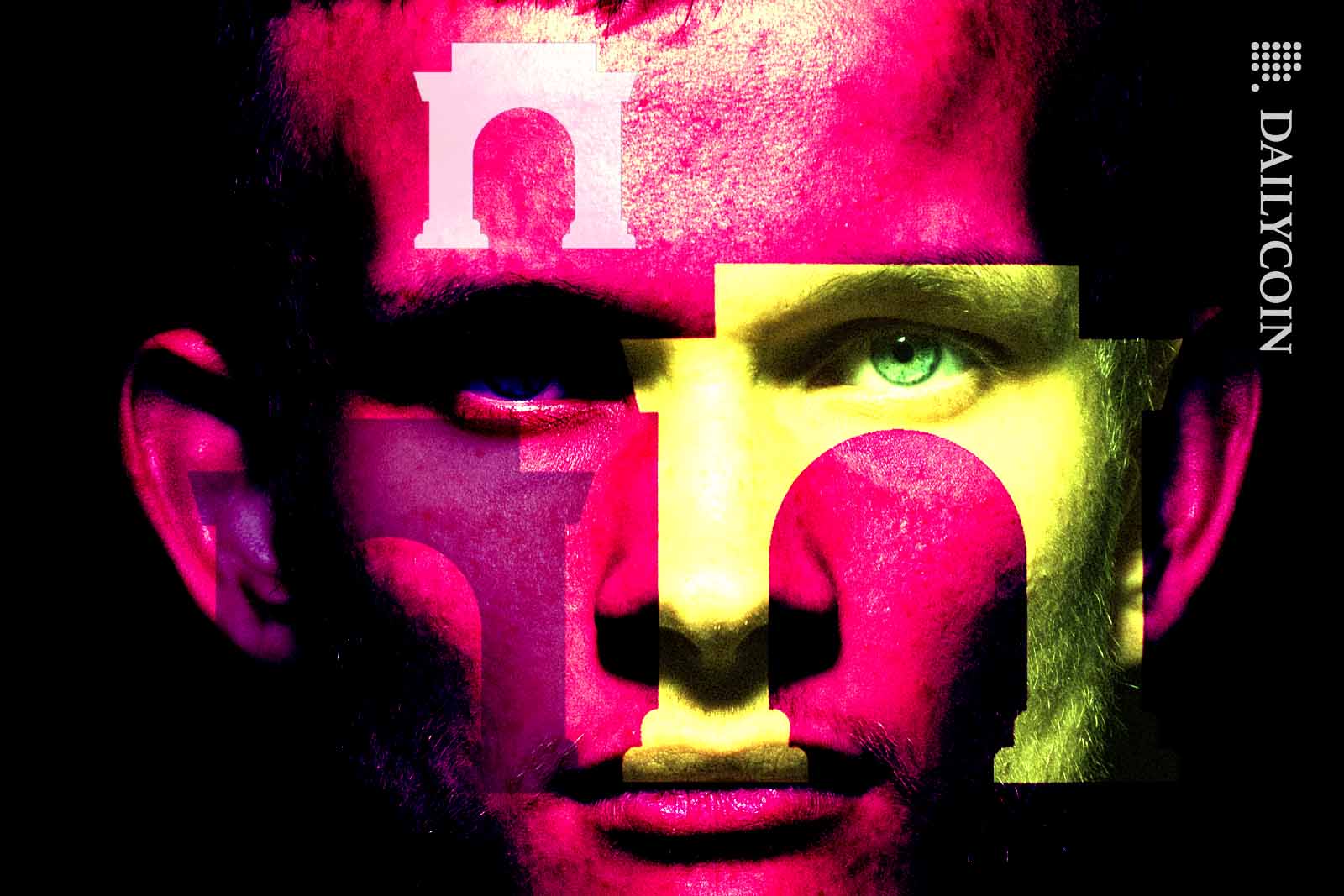
- Farcaster has come under the spotlight following a key upgrade.
- The project has also received a vote of confidence from Ethereum co-founder Vitalik Buterin.
- This article explores Farcaster and its newfound fame.
Over the past few years, legacy social media platforms have come under fire for censorship, lack of data privacy, a proliferation of bots, and their monetization practices. The growing concerns have led to the rise of decentralized alternatives seeking to leverage blockchain technology to solve these problems.
Following the brief reign of Friend.tech in 2023, the latest platform to grab users’ attention is Farcaster. Thanks to a recent upgrade, the over-three-year-old social media protocol has shot into the limelight and is receiving praise from key opinion leaders.
In this article, we discuss what Farcaster is, how it has become a favorite among decentralized social media protocols, and what key opinion leaders like Ethereum co-founder Vitalik Buterin have said about its rise.
What is Farcaster?
Founded by two former Coinbase employees, Dan Romero and Varina Srinivasan, in 2020, Farcaster is an Optimism-based decentralized protocol built to support social media applications.
Sponsored
Popular applications on the platform include Warpcast, an X-inspired platform that allows users to create, like, and share posts called “casts.” Despite mixed reviews on mobile application stores, Warpcast has received adoption from prominent crypto community members like Ethereum co-founder Vitalik Buterin and Base creator Jesse Pollak.
Sponsored
Aside from being censorship resistant, allowing for Interoperability, and giving users greater control over their data like other decentralized social media platforms, Farcaster prides itself on maintaining a familiar Web2 experience for users by being mobile first and not mandating crypto wallets or payments.
The protocol also attempts to distinguish itself with its model for tackling bots, a problem that has persisted on most traditional social media platforms.
How Farcaster Tackles The Problem of Bots
While good bots can provide useful social media services like regular data-based updates, the majority of bots, in recent years, have predominantly been used for nefarious purposes, including market manipulation and spamming scam ads. What’s more? Experts remain divided on the best approach to stop this scourge.
To discourage the proliferation of bots, Farcaster employs a paid model. The project also limits the number of user interactions on the platform through a concept dubbed “storage units.”
To sign up, users will have to pay a $5 fee. At the same time, storage units that limit users to 5,000 casts, 2,500 reactions, and 2,500 post attachments in a year also go for $5.
But Farcaster’s bot deterrence model is not the feature that has thrown the protocol into the limelight.
Farcaster Frames
On January 26, Farcaster launched Frames, which allows users to turn their posts into interactive applications that enable other users to perform multiple actions like minting NFTs, playing games, and making purchases without leaving the platform.
Following the launch of Frames, Farcaster usage has skyrocketed. Daily active users on the protocol have jumped from a trailing seven-day average of 2,286 on January 26 to 16,793 as of February 5, per Dune Analytics data. At the same time, on Monday, February 5, the protocol’s daily revenue hit an all-time high of $49,725. For context, on January 26, 2024, the protocol only raked in $2,580.

Amid the protocol’s rise, it has started dominating conversations within the crypto space, with increased commentary from key opinion leaders.
Buterin Bets on Farcaster
On Monday, February 5, Ethereum’s Vitalik Buterin suggested that Farcaster and fellow decentralized social media protocol Lens would likely be more than passing crypto fads.
“Registering a prediction: farcaster and lens will NOT be deserted in 4 months, or 1 yr,” he wrote.
Buterin’s comments came as part of a post-mortem on Friend.tech’s sharp descent into becoming a ghost town. The Ethereum co-founder contended that the platform’s prioritization of financial speculation over user experience ultimately led to its undoing.
Interestingly, at its peak, Friend.tech had also received significant support from several influential figures within the crypto space, which tipped the project as novel.
On the Flipside
- It remains to be seen whether Farcaster can maintain its current momentum.
- With just over 140,800 users, Farcaster is still far from competing with traditional social media platforms like Facebook, Instagram, and X.
Why This Matters
With Farcaster’s growing prominence, it is necessary to understand what it is, how it works, and why it is gaining increased traction.
Read this for more on Friend.tech’s decline:
Friend.tech Volumes Claim 2-Week High. But Here’s the Catch
See how ENS reacted to the recent GoDaddy partnership:
ENS Back in Top 100 with 20% Rally on GoDaddy Partnership

